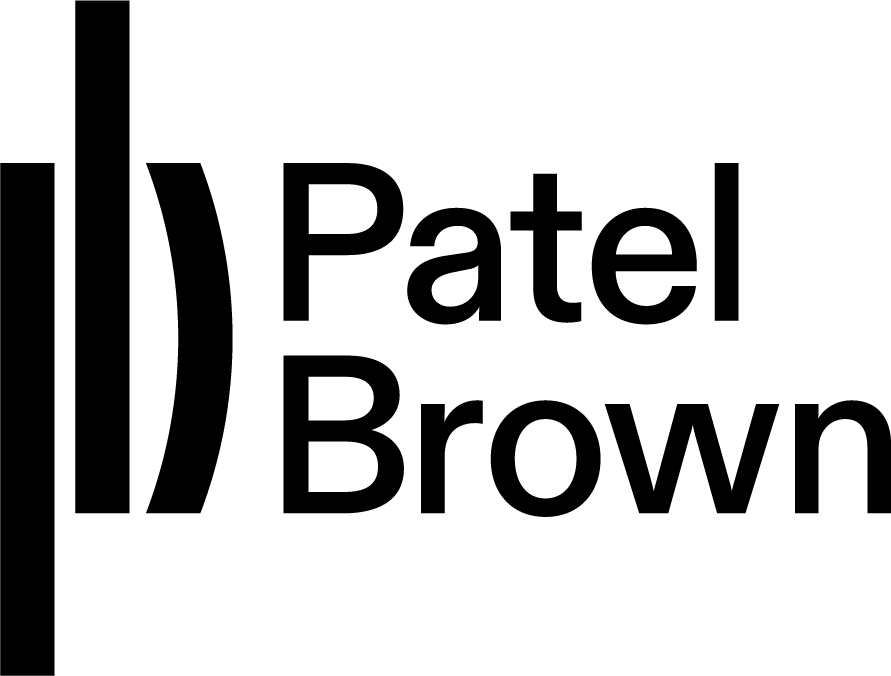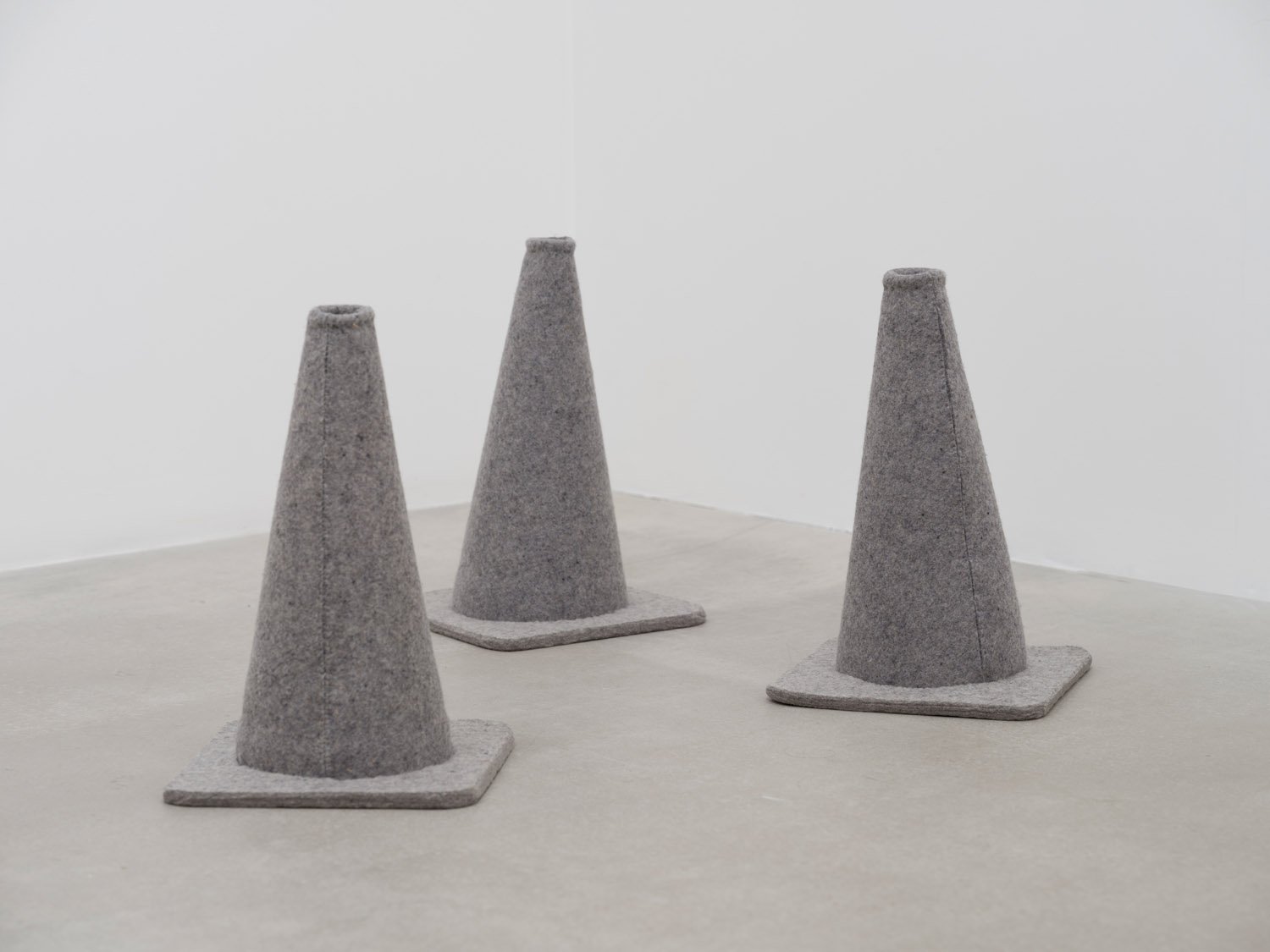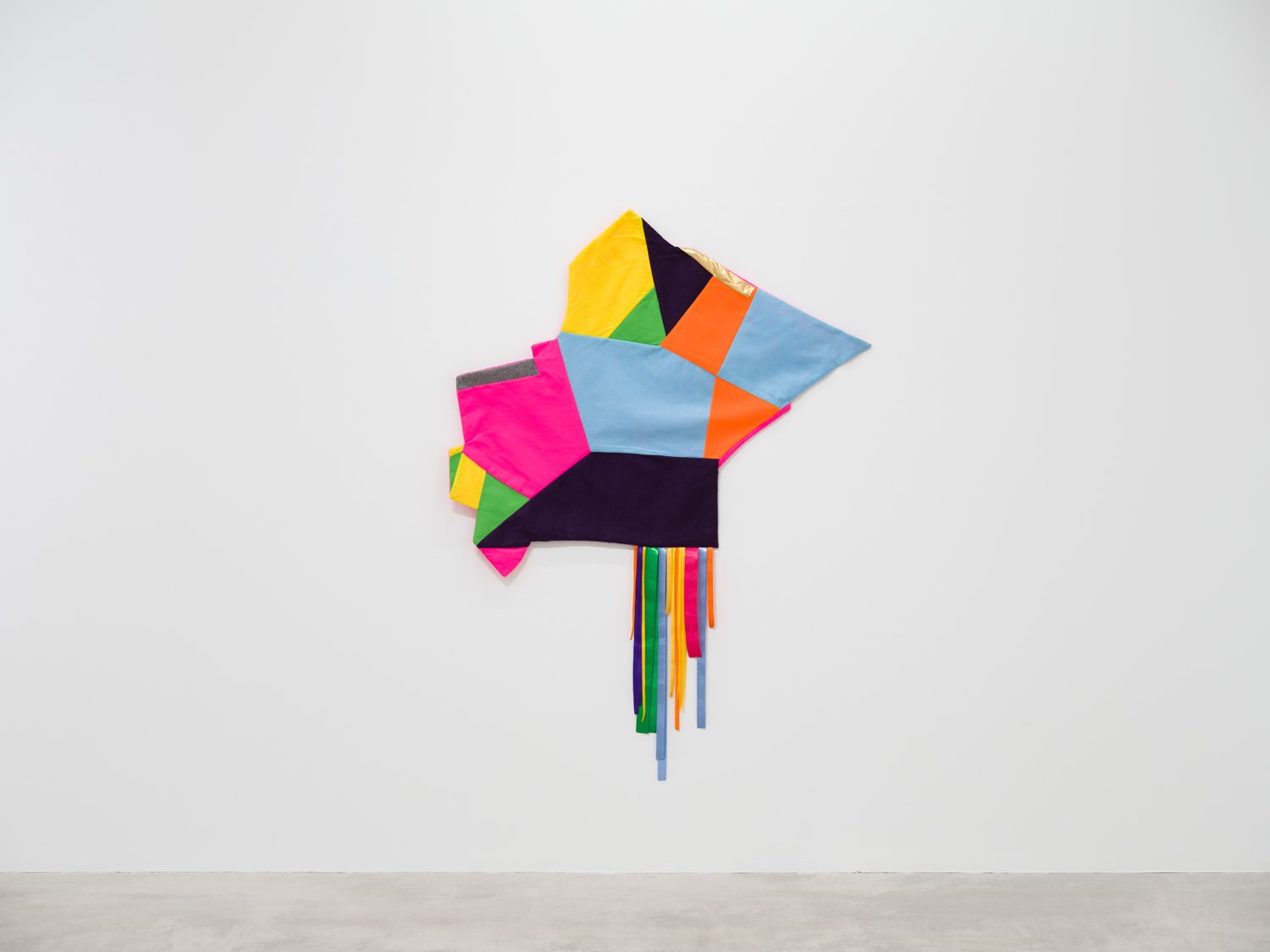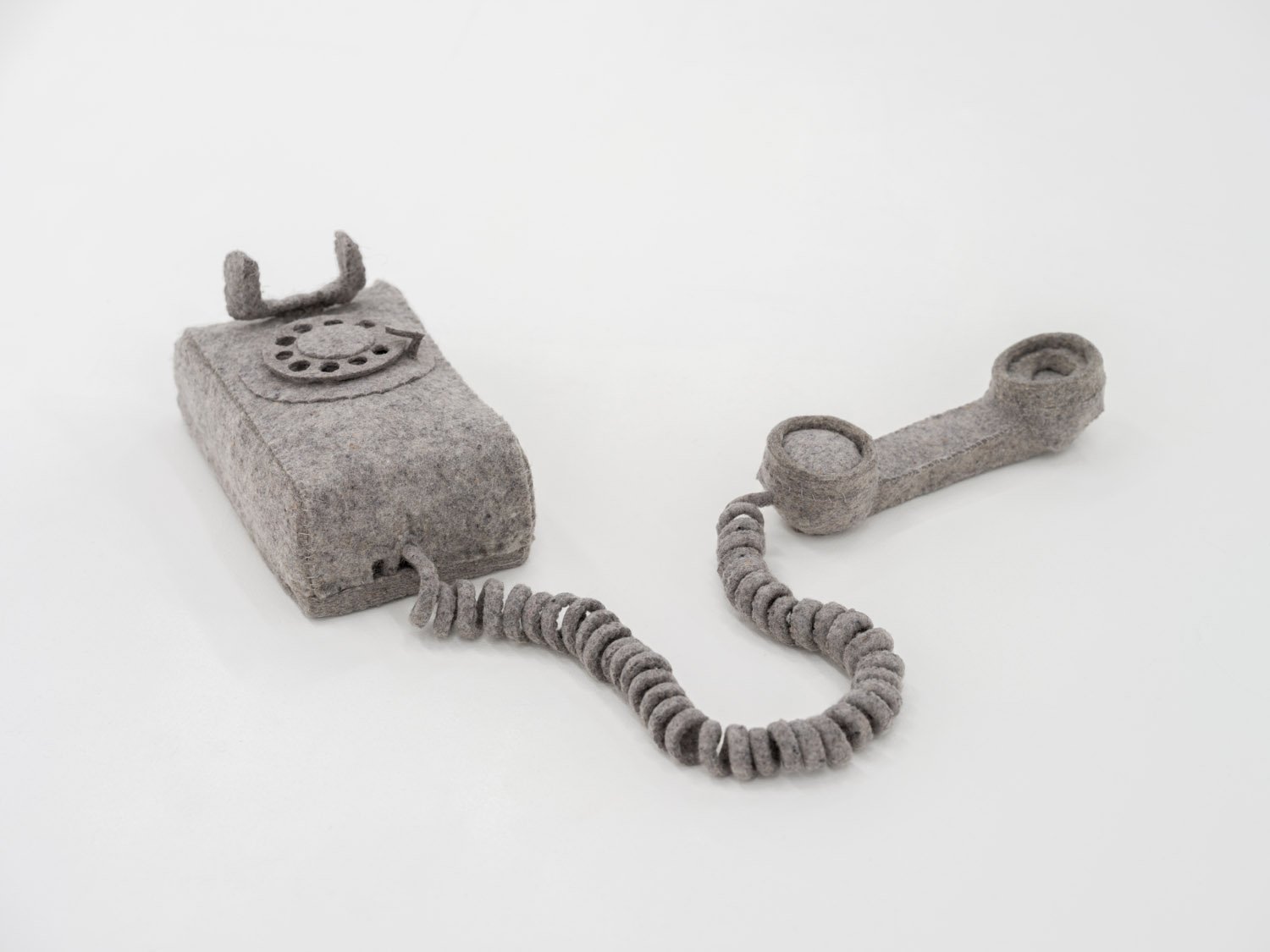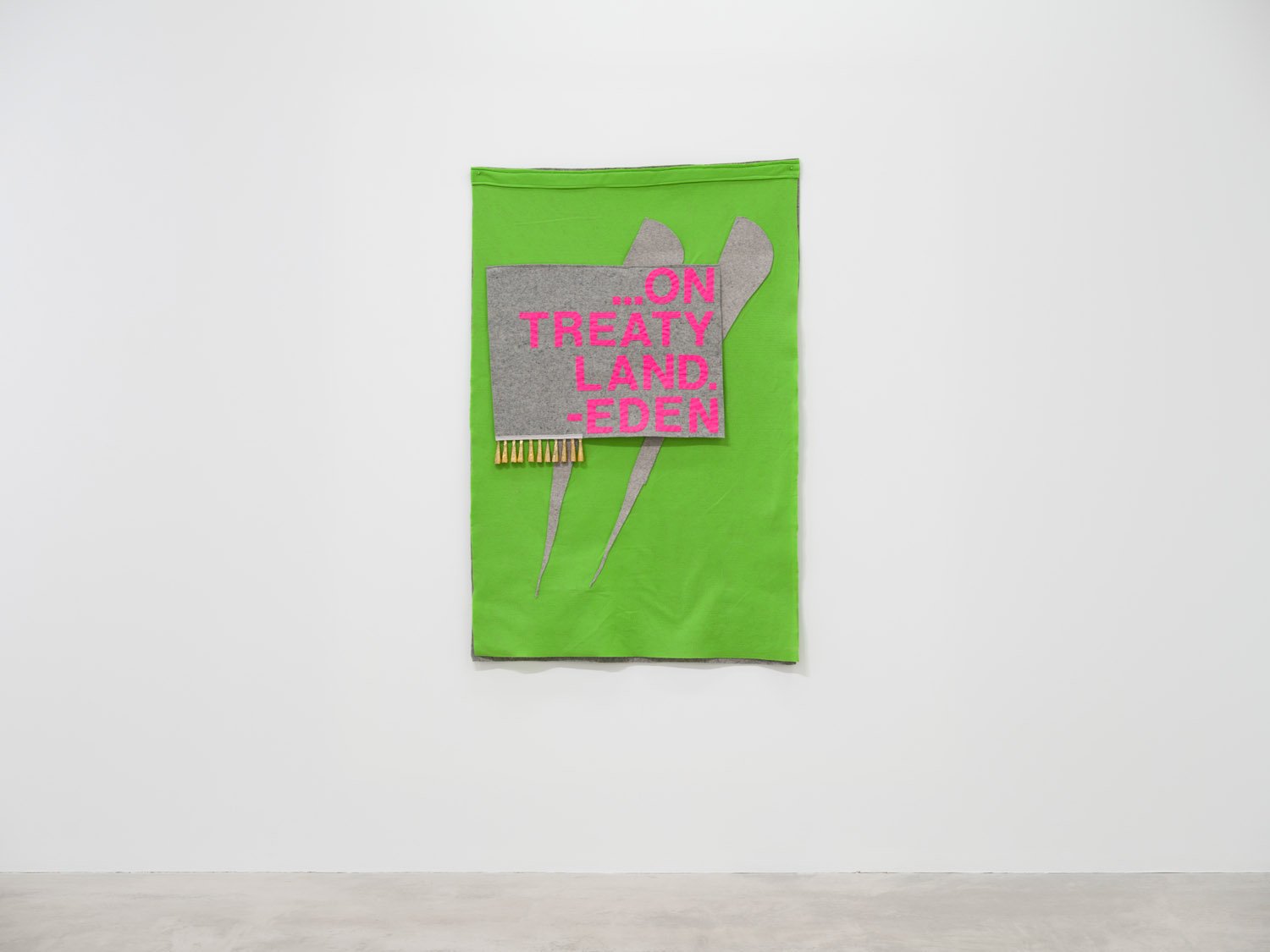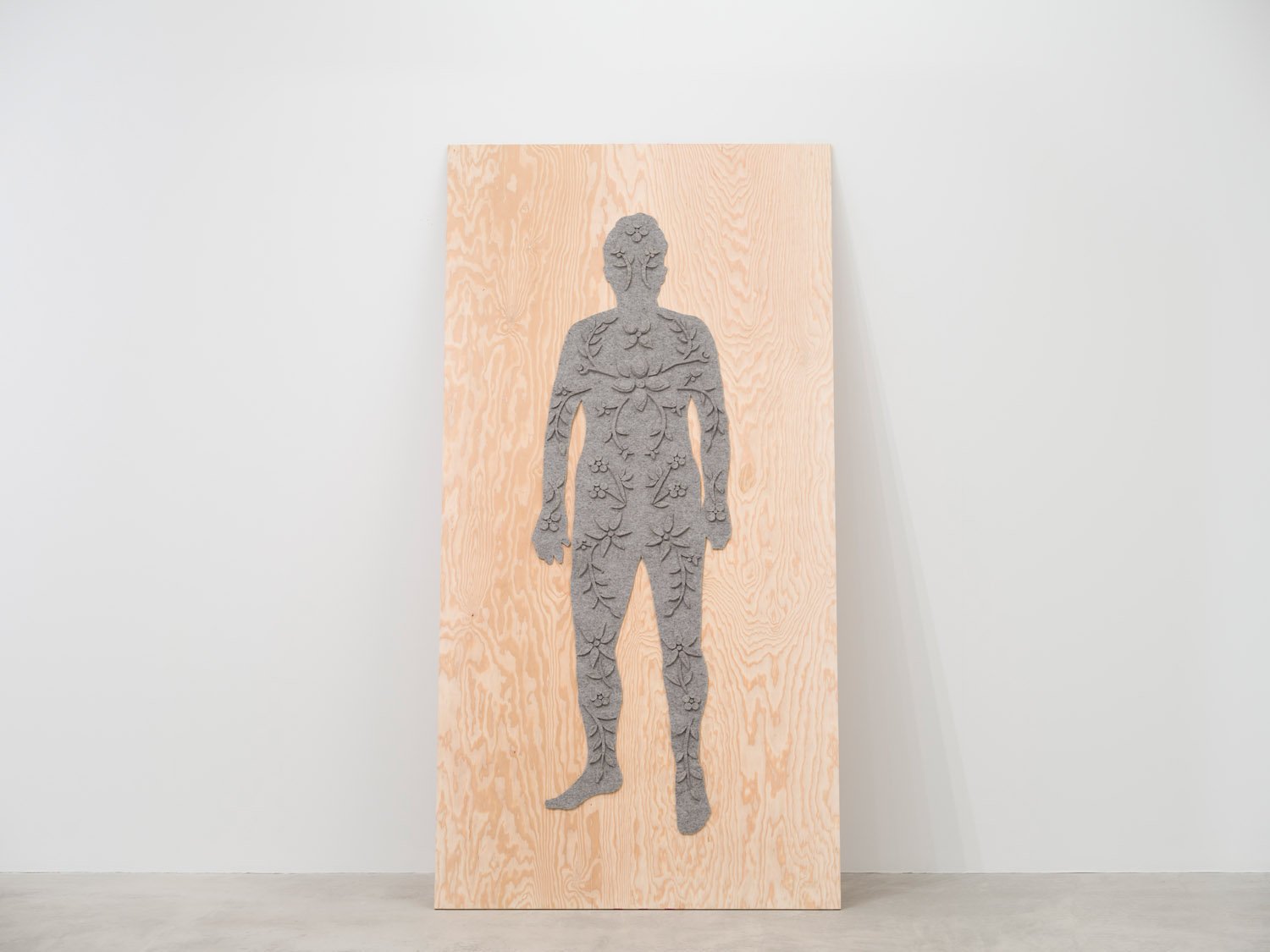PATEL BROWN GALLERY | 21 WADE AVE
Maria Hupfield | Protocol Break | September 2 - October 8, 2022
Gallery Protocol: this exhibition breaks gallery protocol. It will be artist-led, community fed, and the artist will do whatever the fuck they want.
Paradigm Shift: the old rules don’t apply here, or now. On any front. This is a Protocol Break!!
Coffee Break. Back and spirit-breaking labour of sitting alone on a chair for 8-12 hours a day, staring at a screen. Zoooooom backward! Pre-Covid, post-industrial. The industrial felt that’s produced by machines to create a uniform and even factory material must trace its origins to grass. The soft grey slabs muffle and baffle between metal, panels, and gaskets, yet connect us to animal. To LIFE. Water and sheep’s wool.
Welcome to contradiction-country. Slippery streams and merging currents.
Canadian Dictionary:
Settler: Stock
Indigenous: Relations
Take stock of these material relationships, this exhibition, this artist, this gallery. Who are you? What is the context of you being here, right now: what is our responsibility to each other, to the artists, to the sheep? To the land under this city? Who is community? Who benefits? What are your ethics? Let us open our woolly eyes and hearts!
Maria Hupfield is an artist whose work defies the limiting expectation of either traditional or contemporary art readings. She is Anishinaabe. Her methods and material approaches to artmaking are informed by her creative life in NYC and now Toronto, her relationships, and are connected by her body to intimately known land.
Felt warms sound and moisturizes the hands; the sheep keeps on giving.
The artist that made the artworks in this gallery did so with her hands and body, embracing the full active range of emotions, problem-solving, and inspired humour that comes from making things. The acts of feeling and making transforms into systems of experience and knowledge. Ways of knowing become embodied through practise. As a Settler artist I have my own experience of this transformational process. Anishinaabe and Indigenous artists, fecundly diverse as those identities are and can be held, contain unique beliefs and philosophies of embodied knowledge.
Hupfield’s wide-ranging ethos is often expressed in communion through live performances, solo and in collaboration. In inter-relational context: by being together, listening, responding, giving, and taking. Tending.
Like bullrushes or wild rice taking nutrients from the water, giving nitrogen back as they die off in the fall. Or the gift of consent exchanged by donning masks or condoms to protect and support one another. Small individual sacrifices leading to great rewards in common. Reciprocal systems, alive and well. Full of oxygen. Breathing. Practising.
How you make the art is as important as the final object.
A sculpture can be lonely too, living in the gallery and museum, away from the conversation it had been having with its maker. It lives for the touch of her hands. And now here it is alive for our minds, hearts, and the stories we bring to it. A circle of purpose and need. We feel that.
Feel, feeling, feeler. Felt.
The artworks in this exhibition were made or revisited in Toronto during our pandemic lockdown, a time of sadness and alienation for many of us. We were afraid, lonely, cut-off. Divided inside. Yearning for our roots and connections, the forest became a chair. Apartments became tents. Survival is passed down and remembered, thrown forward into the future.
Magic is afoot! In a felt slipper. Call home, commune with your mom. Claim your voice from the soft body of an instrument. Ask the children to tell you what they’ve learned, write it down, cut it out and sew it on a rainbow.
- Exhibition text by Shary Boyle
Maria Hupfield | Protocol Break
Text and drawings by Shary Boyle, inspired by the art and ideas of Maria Hupfield, as well as Hupfield’s 2020 Vera List Centre Fellowship and Forum conversation with acclaimed scholar, writer, and musician Leanne Betasamosake Simpson about the art of refusal and the necessity of breaking protocols. While both speak from an Anishinaabe perspective (albeit from distinct communities), they approach the prompt for protocols differently: Hupfield discusses navigating protocols in relation to Indigenous and non-Indigenous collaboration, performance art, and digital spaces while Simpson advocates for the term practices in lieu of protocols through her work with language, and Elders on the land. In the second part of the exchange, they look beyond protocols to consider the value of introducing new narratives as radical storywork to shift power narratives through Anishinaabe methodology and worldview.
Thank you to the artists and teachers
Maria Hupfield is a transdisciplinary artist working in performance and media arts. Hupfield is an off-rez citizen belonging to Wasauksing First Nation, Ontario, Anishinaabe Nation (Robinson Huron Treaty), and the recently appointed Canadian Research Chair in Transdisciplinary Indigenous Arts at the University of Toronto.
Shary Boyle is a transdisciplinary artist working in sculpture, drawing and performance. Boyle grew up in the Scarborough region of Toronto, in a family of Irish and English immigrants. Her solo exhibition Outside the Palace of Me is currently on view at the Montreal Museum of Fine Arts.
